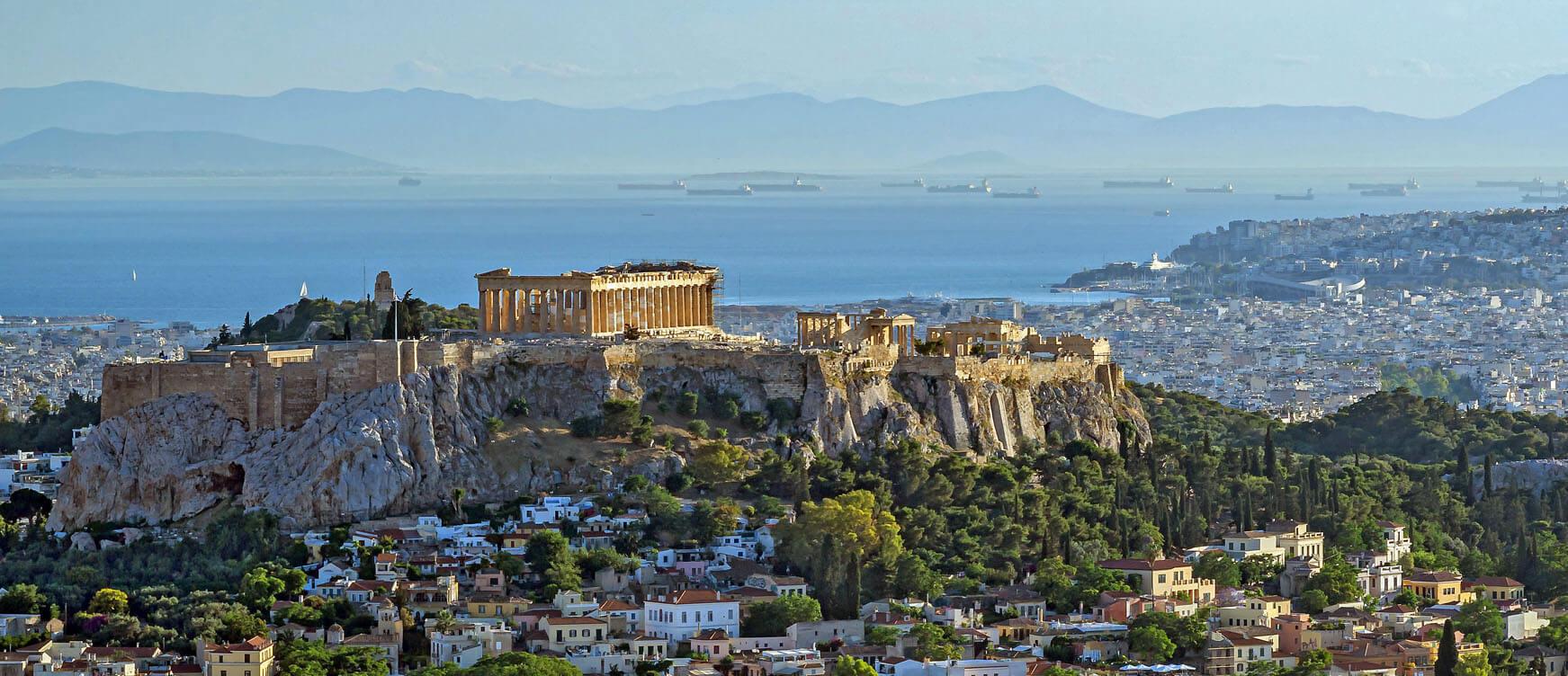Athens, the cradle of Western civilization, is a city that breathes history and boasts an architectural legacy that has shaped the course of human civilization. From the iconic Acropolis to the neoclassical charm of its modern buildings, Athens stands as a testament to the enduring influence of ancient Greek architecture. In this article, we will delve into the rich tapestry of architectural marvels that define Athens and reflect its deep-rooted cultural and historical significance.
The Acropolis:
No exploration of Athens’ architecture is complete without a pilgrimage to the Acropolis, a UNESCO World Heritage site and the epitome of classical Greek architecture. Perched atop a rocky outcrop, the Parthenon, an ancient temple dedicated to the goddess Athena, dominates the skyline. Built in the 5th century BCE, its Doric columns and meticulous proportions exemplify the classical principles of harmony, balance, and symmetry. The Erechtheion, another masterpiece on the Acropolis, showcases the innovative use of Ionic columns and the iconic Caryatids, sculpted female figures that serve as columns.
Ancient Agora:
Venturing beyond the Acropolis, the Ancient Agora unfolds as the heart of civic life in ancient Athens. This open square was surrounded by stoa, or covered walkways, and featured various civic structures and temples. The Temple of Hephaestus, also known as Theseion, is one of the best-preserved Doric temples in Greece, offering a glimpse into the architectural prowess of the time. The stoa of Attalos, a reconstructed colonnade, showcases the elegance of ancient Greek architecture with its two levels of columns and a central hall.
Roman and Byzantine Influence:
As the Roman Empire rose to prominence, Athens experienced a shift in architectural styles. The Roman Agora, located to the north of the Acropolis, features the Tower of the Winds, an ingenious clocktower and weather vane, and the Gate of Athena Archegetis. These structures blend Roman and Greek architectural elements, signaling the city’s evolving cultural landscape.
The Byzantine period left its mark on Athens with the construction of churches and fortifications. The Church of Panagia Kapnikarea, a Byzantine-era church in the heart of the city, boasts a striking dome and intricate mosaics, underscoring the architectural diversity that defines Athens.
Neoclassical Athens:
In the 19th century, Athens underwent a transformative period known as the Greek Revival, characterized by a return to classical Greek architectural elements. Prominent architects like Ernst Ziller and Theophil Hansen contributed to the neoclassical aesthetic that graces many of Athens’ public buildings, mansions, and squares. The National Library of Greece, the University of Athens, and the Academy of Athens exemplify this neoclassical revival, blending classical motifs with the grandeur of the modern era.
Modern Athens:
The architecture of Athens continues to evolve, seamlessly integrating modern structures into its historical fabric. The Stavros Niarchos Foundation Cultural Center, designed by architect Renzo Piano, stands as a contemporary cultural hub with its innovative design and sustainable features. The New Acropolis Museum, designed by Bernard Tschumi, provides a modern showcase for the treasures of the Acropolis, combining classical aesthetics with cutting-edge design.
Conclusion:
Athens, with its diverse architectural heritage, is a city where the past and present coexist harmoniously. From the majestic columns of the Acropolis to the neoclassical elegance of its 19th-century buildings, Athens serves as a living museum of architectural excellence. Exploring its streets is like navigating a time capsule that encapsulates the essence of Western civilization, making Athens a must-visit destination for architecture enthusiasts and history lovers alike.



